Why ethanoic KOH and not aqueous
KOH is used in the isocyanide test of aniline?
Step-by-Step Solution
1. Understanding the Isocyanide Test: The isocyanide test is a qualitative test used to identify primary amines, such as aniline. In this test, the amine reacts with a strong base to form an isocyanide.
2. Role of KOH: Potassium hydroxide (KOH) is a strong base that provides hydroxide ions (OH⁻) necessary for the reaction to occur. However, the strength of the base is crucial for the reaction to proceed efficiently.
3. Difference Between Ethanoic KOH and Aqueous KOH:
- Aqueous KOH: When KOH is dissolved in water, it dissociates to form K⁺ and OH⁻ ions. While it is a strong base, the concentration of hydroxide ions in an aqueous solution is limited by the solubility and the presence of water.
- Ethanoic KOH: Ethanoic KOH refers to KOH dissolved in ethanol (or a mixture of ethanol and water). This solution is more concentrated in terms of base strength because ethanol can stabilize the K⁺ ions and allows for a higher effective concentration of hydroxide ions.
4. Why Ethanoic KOH is Preferred:
- Ethanoic KOH provides a stronger basic environment compared to aqueous KOH. The stronger base can effectively deprotonate the amine (aniline) to form the corresponding anion, which is necessary for the formation of isocyanide.
- Aqueous KOH may lead to only acid-base reactions without the formation of isocyanide due to insufficient basic strength.
5. Conclusion: Ethanoic KOH is used in the isocyanide test of aniline because it provides a stronger basic environment that is necessary for the reaction to proceed, whereas aqueous KOH does not provide the same level of basicity and may only result in acid-base reactions.
- Aqueous KOH: When KOH is dissolved in water, it dissociates to form K⁺ and OH⁻ ions. While it is a strong base, the concentration of hydroxide ions in an aqueous solution is limited by the solubility and the presence of water.
- Ethanoic KOH: Ethanoic KOH refers to KOH dissolved in ethanol (or a mixture of ethanol and water). This solution is more concentrated in terms of base strength because ethanol can stabilize the K⁺ ions and allows for a higher effective concentration of hydroxide ions.
- Ethanoic KOH provides a stronger basic environment compared to aqueous KOH. The stronger base can effectively deprotonate the amine (aniline) to form the corresponding anion, which is necessary for the formation of isocyanide.
- Aqueous KOH may lead to only acid-base reactions without the formation of isocyanide due to insufficient basic strength.
Topper's Solved these Questions
- ORGANIC COMPOUNDS CONTAINING NITROGENBook:PRADEEPChapter:ORGANIC COMPOUNDS CONTAINING NITROGENExercise:NCERT QUESTIONS AND EXERCISES WITH ANSWERS (NCERT INTEX SOLVED QUESTIONS)
Explore 5 Videos
- ORGANIC COMPOUNDS CONTAINING NITROGENBook:PRADEEPChapter:ORGANIC COMPOUNDS CONTAINING NITROGENExercise:NCERT QUESTIONS AND EXERCISES WITH ANSWERS (NCERT INTEXT UNSOLVED QUESTIONS)
Explore 9 Videos
- ORGANIC COMPOUNDS CONTAINING NITROGENBook:PRADEEPChapter:ORGANIC COMPOUNDS CONTAINING NITROGENExercise:TEST YOUR GRIP FILL IN THE BLANKS
Explore 29 Videos
- HALOALKANES AND HALOARENESBook:PRADEEPChapter:HALOALKANES AND HALOARENESExercise:IMPORTANT QUESTIONS FOR BOARD EXAMINATION
Explore 22 Videos
- P-BLOCK ELEMENTS Book:PRADEEPChapter:P-BLOCK ELEMENTS Exercise:IMPORTANT QUESTIONS FOR BOARD EXAMINATION
Explore 25 Videos
Similar Questions
Knowledge Check
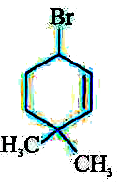 on treatment with aqueous KOHA
on treatment with aqueous KOHA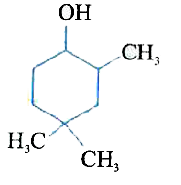 B
B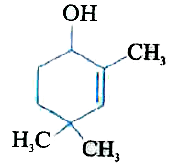 C
C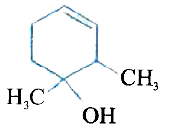 D
D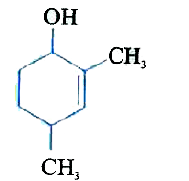
Isocyanide test is used for-
AOnly Primary amineBOnly secondary amineCOnly chlorformDOnly tert. AmineWhich of the following give isocyanide test?
A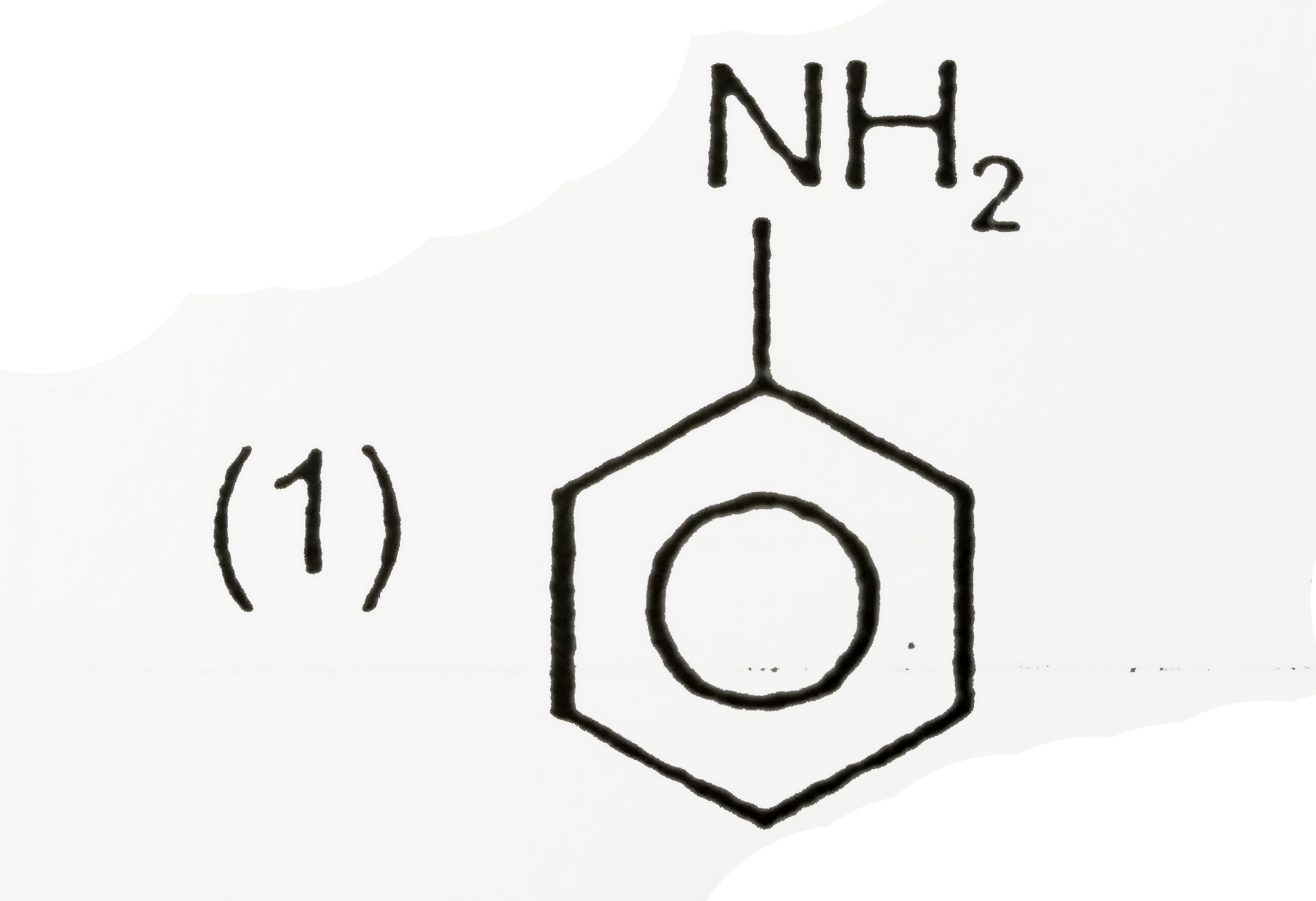 B
B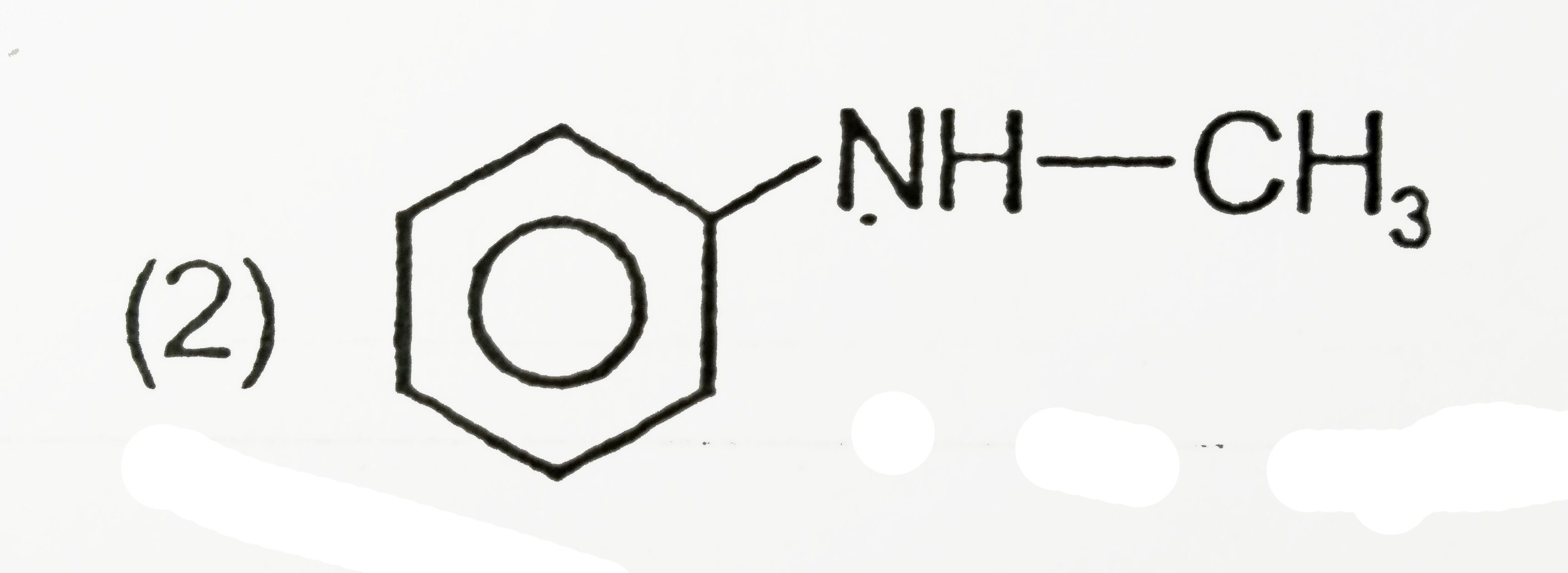 C
C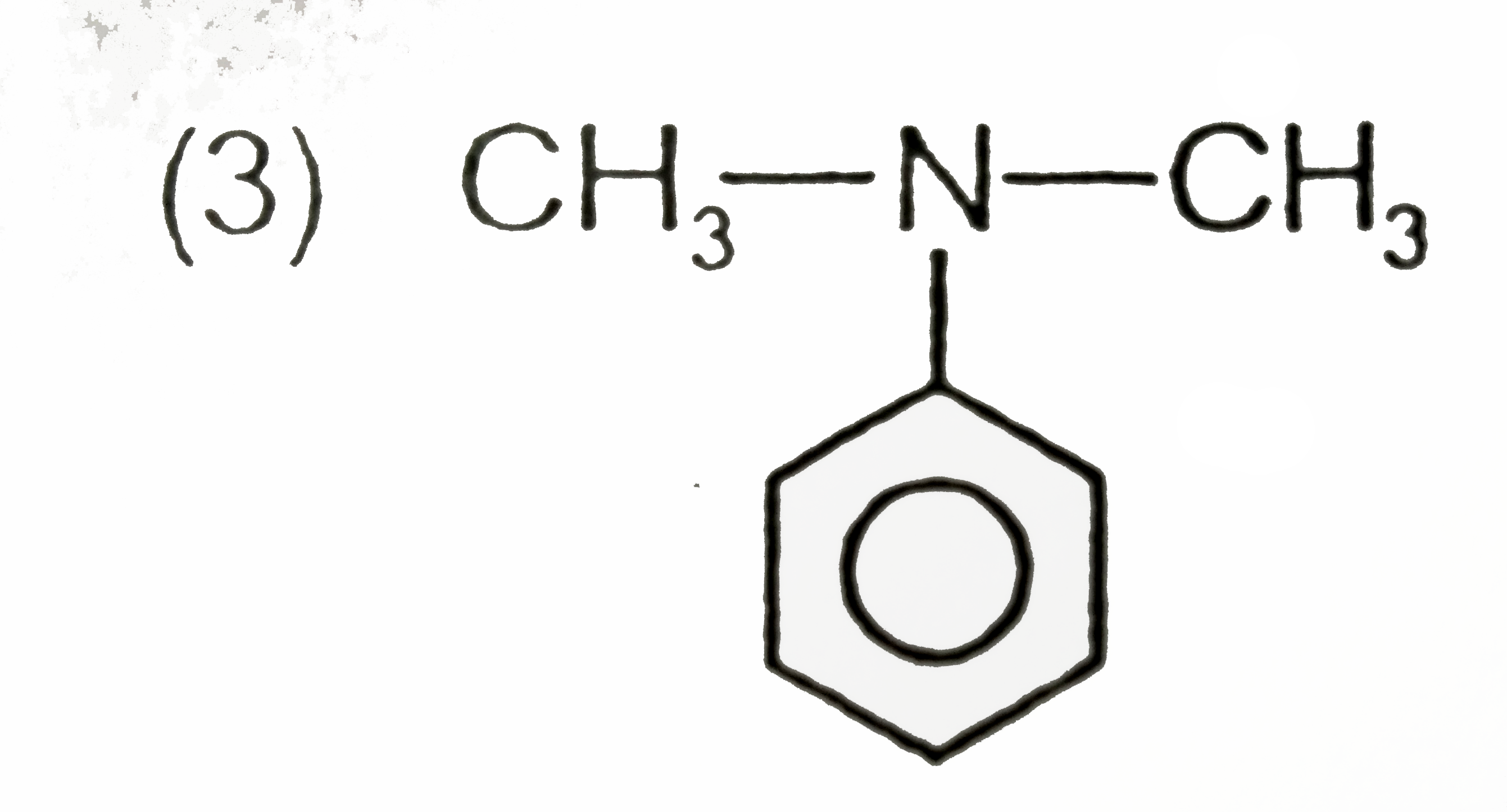 D(CH3)2NH
D(CH3)2NH